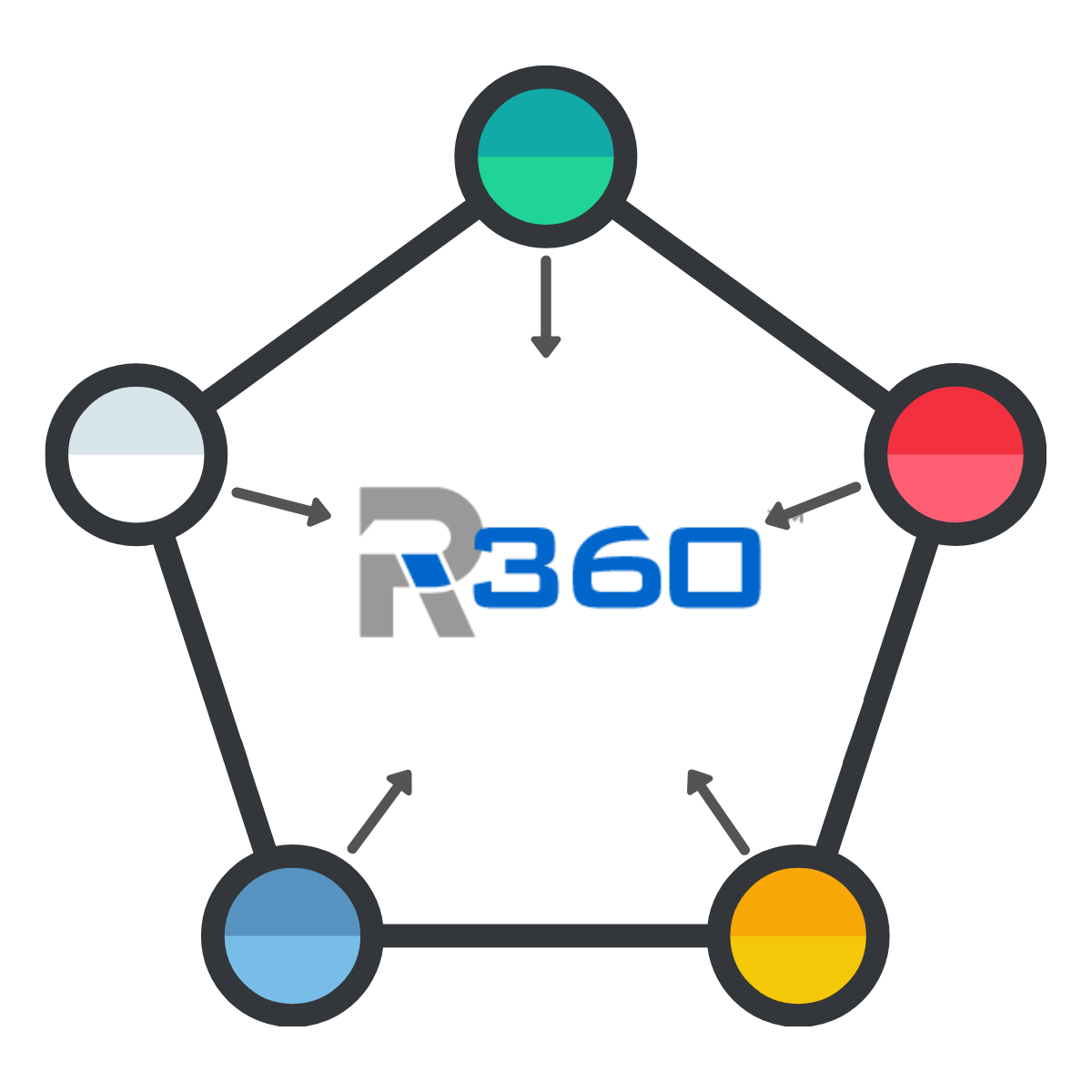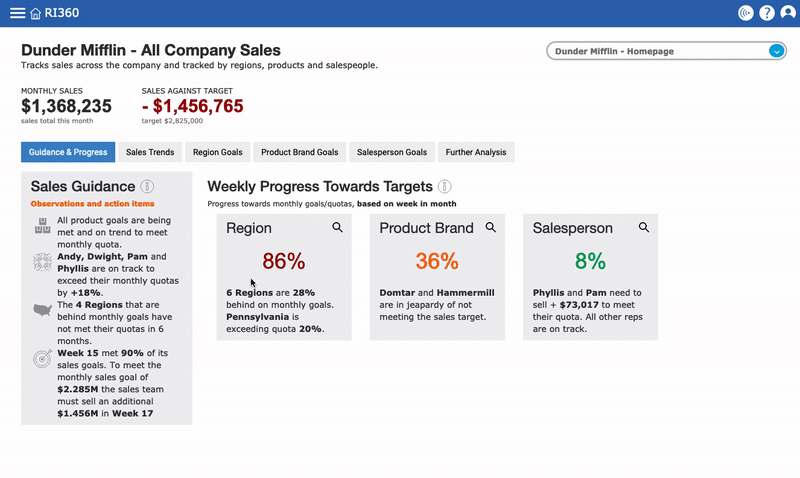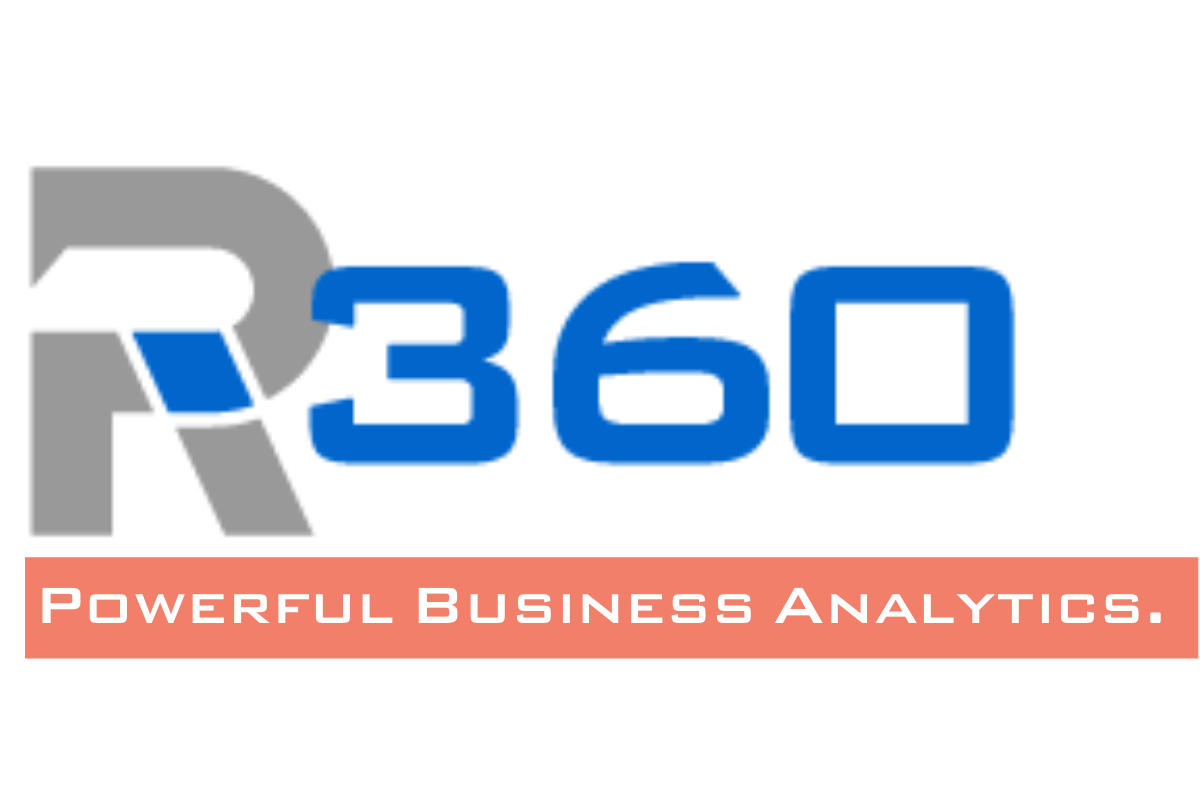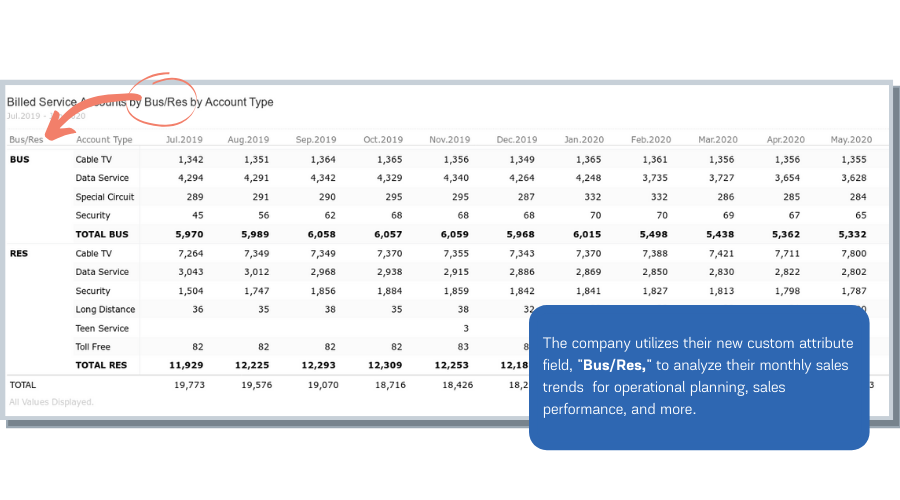Smaller teams and businesses may see analytics as a constant exercise in compromise. They are stuck between software behemoths with seemingly endless capabilities, or hyper-focused niche products.
More and more, BI users aren’t IT staff; they’re employees with a standard amount of technological savvy that want to harness the power of BI to get a competitive advantage.
Consequently, the design of reporting mechanisms and ease of use of analytics functions are being driven toward a lower barrier of access. No longer is it enough to have excellent analysis or data warehousing features; they must be usable by both IT experts and business users with no analytics experience. (technologyadvice.com)
“Do user-friendly interfaces and functionality bridge the gap between analytics expertise and no analytics experience?”
The business intelligence industry has seen impressive shifts in the last few years, with analytics technologies taking deliberate efforts to be accessible to general business users.
But.
Do user-friendly interfaces and functionality bridge the gap between analytics expertise and no analytics experience? What challenges may smaller teams/businesses encounter as they implement and maintain analytics technologies?
On ‘small business’
We’ve said this before, but we dislike the term ‘small business’ because it is so subjective (as data nerds who cherish objective data, we bristle at subjectivity). Today, when we say ‘small business’ (or small teams), we mean organizations (or teams) that lack any of the following:
Technical Experts. Dedicated data analysts or IT staff that can quickly and effectively manage and/or implement business analytics technologies.
Knowledge. Team members with a strong understanding of business analytics best practices, concepts, strategies, and technologies.
Customization capabilities. This can be a combination of things, such as: people to create customized code or integrations so your systems integrate with your analytics tool the way you want; technology options that integrate with all of your current systems; knowledge to customize out of the box solutions to match your business needs.
One thing we aren’t focusing on is cost. This is a breakdown on user experiences based on the capabilities and functionality of each solution type.
Honesty Policy / Disclaimer
We (Chris and Kevin) need to disclaim off the bat that - while we have tried to create a well-rounded, impartial take on the 3 types of business analytics software (to the chagrin of our marketing director) - for anyone new here, ReconInsight is a software and services company that started when the two of us built our business analytics software, Ri360, in 2006. So we have some skin in the game.
3 Types of Business Analytics Technology (or the 3 Bears)
We are most interested in how each type holds up to the goal of business analytics: unifying all business data for reporting, visualization, and analysis that is easily accessible to all business users; and in doing so, foster data-driven decision making and business change.
We’ve grouped business analytics technologies into 3 generalized tiers/buckets of software types (instead of name dropping). To illustrate each type of technology, we’ve employed a fun analogy based on characters from the fairytale, Goldilocks and the Three Bears. Specifically, the three bears: Baby Bear, Papa Bear, and Mama Bear. The Baby Bear and Papa Bear types were briefly mentioned in the introduction, but here’s an overview of the software type each bear represents:
Baby Bear - Hyper-focused, niche analytics products with reporting and visualization capabilities for specialized integrations or built-in reporting features within a product.
Papa Bear - Software behemoths with a multitude of integration options and vast reporting, analysis, and data management capabilities. Often designed with IT professionals in mind and can easily tackle advanced analytics needs.
Mama Bear - Software built to integrate with any business system; broad reporting, analysis, and data management capabilities that can be customized for any business. Designed for any level of analytics experience.
Spoiler alert: we decided which software type is represented by which bear based on the software type’s ease of accessibility to the average business user. For example, Baby Bear would be easier to wrap your arms around (literally, because he’s smaller) than Papa Bear would be, in this hypothetical bear-hugging scenario.
Now that you’ve met the Bears, on to our comparison matrices. The charts below stack the three bears against each other in how accessible they are to “…employees with a standard amount of technological savvy that want to harness the power of BI…” (to repeat the quote from above).
Technology Use Case
Our first chart compares key features and capabilities of each type, and what the user experience would be. This matrix is by no means always accurate or exhaustive since we are lumping analytics software together based on the broad ‘type’ they fall within. A few notes on the matrix:
Data processing is extract, translate, load (ETL) which is a part of the data pipeline. Not all analytics technology provides data processing capabilities which is an important distinction.
Data management relates to data storage space (also data pipeline related), and internal and external security controls.
Upfront Knowledge / Skills
An important consideration for smaller teams and businesses is ease of use / user experience. When implementing new technology, the goal is always a smooth, efficient installation that shows value quickly. Evaluating the intended audience for different solution types (Baby bear, Papa bear, and Mama bear), ensures that your investment sees returns.
This second matrix is designed to answer the question: For a general business user, what analytics knowledge and skill-level must they have to find value (in a timely manner) with each of these technology types?
Technical Experts
As we said at the top of this post, we are focused on small teams because they are more likely to not have important components to business analytics success. An often overlooked need in business analytics is the technical expert. Data analysts are dedicated IT resources that implement and manage business analytics solutions. To be fair, smaller teams rarely need a full-time analyst on staff, but that doesn’t mean data analysts shouldn’t be engaged as needed.
The last matrix reviews the kind of data analyst services each solution type offers their customers/users. Most of the items listed below focus heavily on initial installation and set-up needs, but also include services that are used in on-going or project-based engagements.
So, which business analytics solution is best for smaller teams?
Hopefully you enjoyed our departure into analytics-related children’s fairy tales. We like to have fun here. Now to answer the pressing question: which is best?
It may come as no surprise that most business analytics solutions fall within the Baby Bear and Papa Bear categories. The Mama Bear type offers a “best of both worlds” solution, but the Mama Bear solution is far and few between. We are actually only aware of one offering that meets the Mama Bear type (believe me, we’ve tried to find similar technology offerings). “So, why even include Mama Bear if it barely exists?” you may ask.
Fair warning: Our objectivity hats are coming off now.
Mama Bear is Ri360. As a small business, we are familiar with the compromises that need to be made on a regular basis between functionality and time. We developed Ri360 to be as powerful as the Papa Bear types, with the same ease of use as the Baby Bear types. The secret sauce has two main components: Ri360’s robust analytics engine capable of complex, strategic reporting and visualizations; and a highly experienced team of data analysts that manage the difficult technical stuff and provide ongoing education to all Ri360 customers.
On both sides, Baby bear and papa bear are doing their best to address the needs of the “average” business user, but are they succeeding? We believe Ri360’s Mama Bear approach is the winner when evaluating the best option for teams with numerous integrations and unique business needs looking for timely value-add and advanced analysis. Most of all, Mama Bear is designed to instill confidence for all users - whether leadership, new-to-analytics, or experienced.
But we aren’t here to be judge and jury. At the end of the day, we are just a group of number nerds who saw an opportunity to create a tool we felt the analytics market was missing. 14 years later, the industry is much larger, but we still find that Ri360 and ReconInsight fill a unique gap. We continue to grow, improve, and build data empires for our customers.











